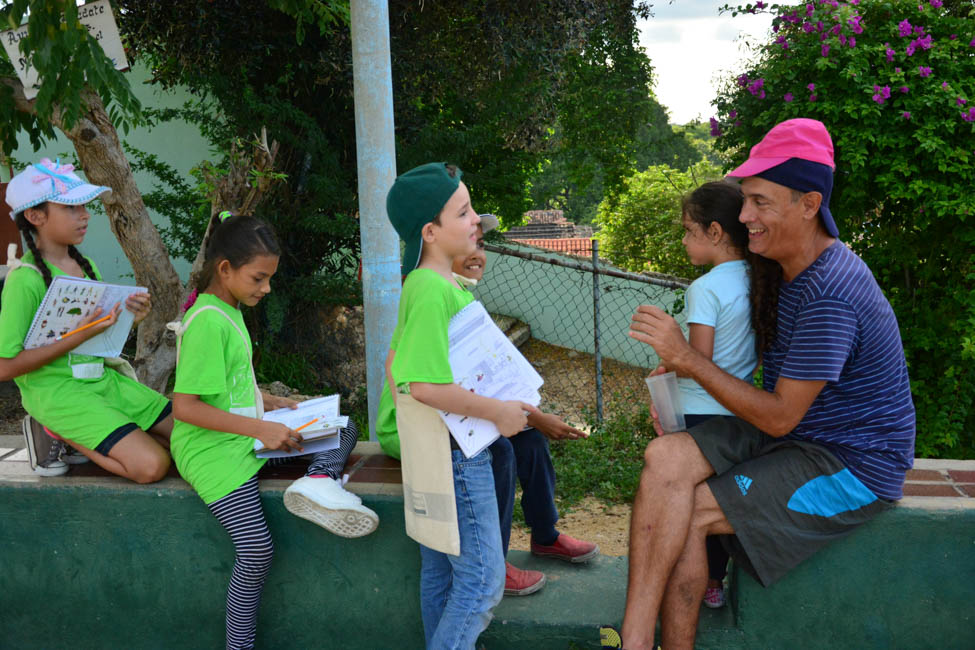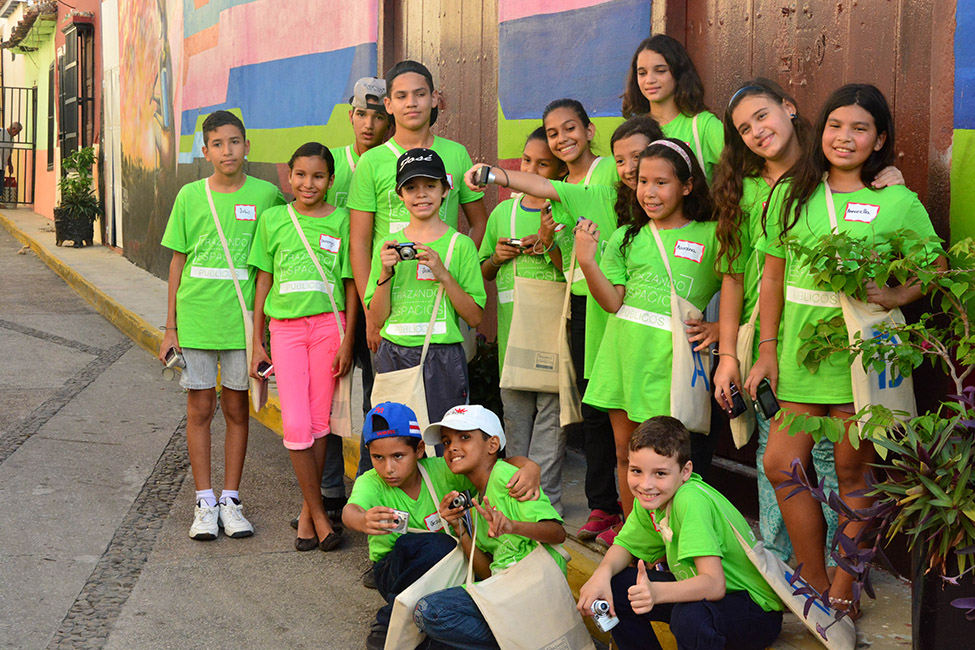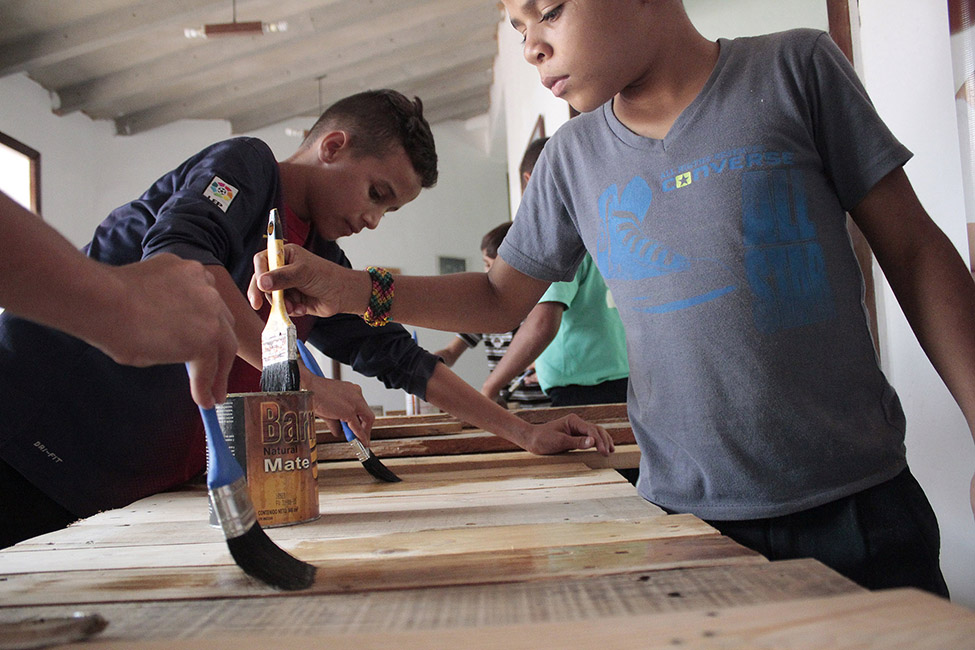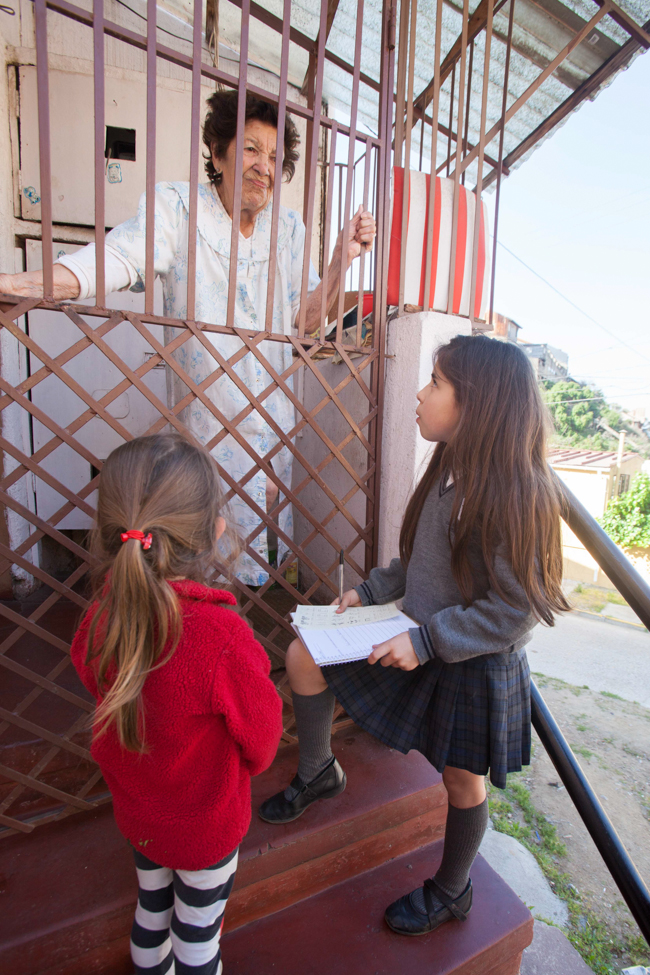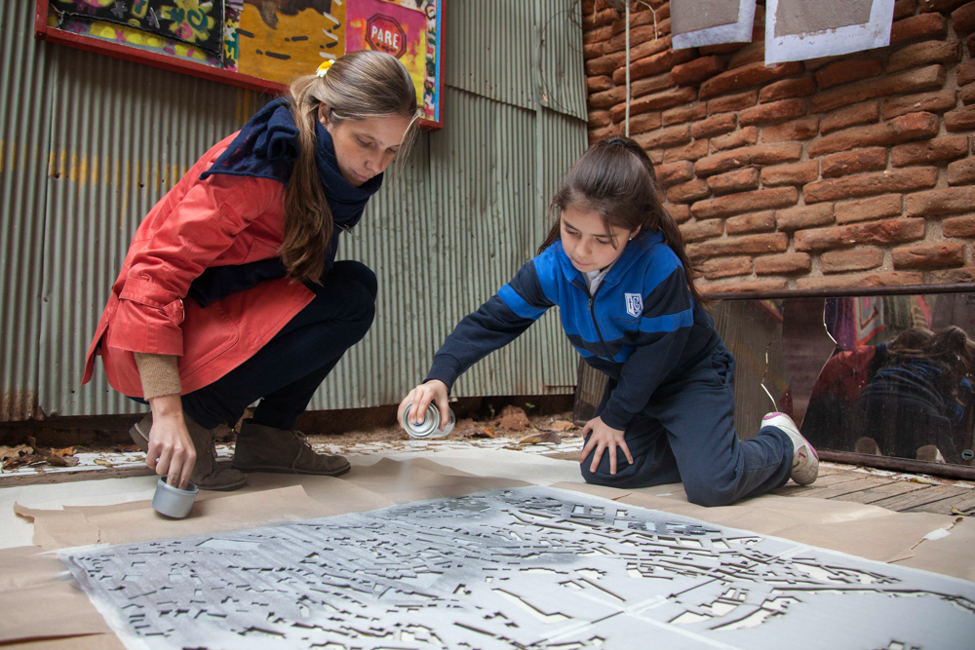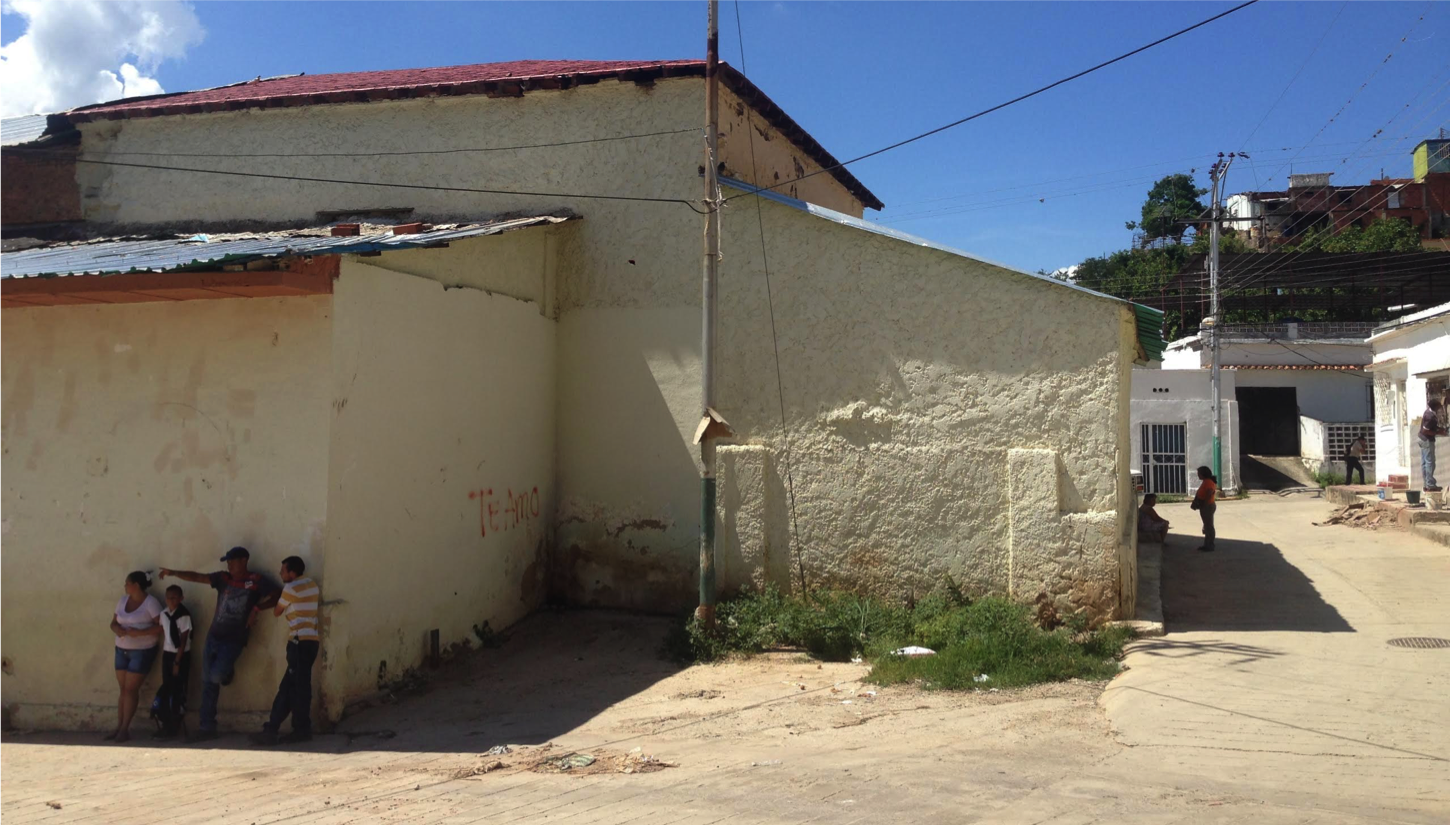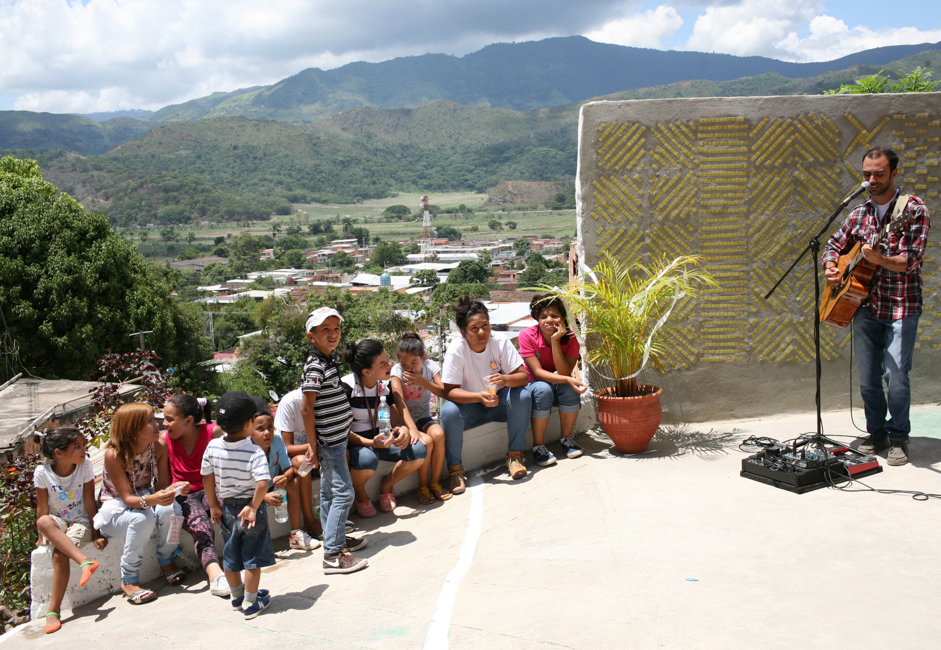El Hatillo, State of Miranda, Venezuela. March 10, 2016
Team: Ana Vargas, Gabriela Puppio, Valeria Ramos, Raquel Portillo and Diana Ruiz.
On Thursday March 10 we were testing our micro program, "Planting Dreams" in the Maria May Municipal school, located in the El Calvario neighborhood in El Hatillo. In collaboration with 30 6th grade students, 17 volunteers and the Global Shapers of Caracas, forming a team to perform the operation. Together we build a living wall made from recyclable materials and 96 plants.
The main objective of the activity is to promote a process of transformation of public spaces and be a vehicle for the formation of values. "Planting dreams" teaches how to intervene and improve their environment through the circuit of six stations that we use in the "Mapping spaces" methodology. In addition, the process of construction of the wall was accompanied by a formative dynamic where we teach human values that are essential to grow and achieve any dream or goal: respect, discipline, perseverance, effort and team work. We also focus on raising awareness on the preservation of the environment and encourage recycling in the communities.
The mayor of el Hatillo backed our activity by coordinating logistics such as refreshments, transportion and contact with the school. Thanks to the experience of the Shapers in their various social projects and several visits to educational units to talk to directors, academic coordinators, social workers and representatives, we were able to identify improvement opportunities and points of connection with the students. Bullying, the value of work, coexistence, the talent and abilities of each child, all served as inspiration to design this project. This type of activity can contribute to working on these values in a creative and different way.
The activity began with a walk through the neighborhood of El Calvario to know the context of the school and understand where the children we work with. Everyone involved worked actively throughout the morning, putting into practice all the given values, and stressing the importance of mentoring as a main vehicle for learning.


















